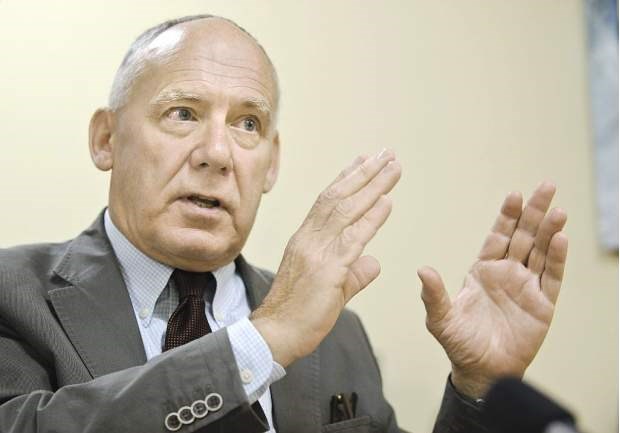It has been 25 years since Judge Thomas Gove conducted an inquiry into the death of young Matthew Vaudreuil. His report shocked the child-care community and scarified officials who failed in their duties.
Gove retired last week, but the question remains: Has anything changed?
Vaudreuil was an Indigenous child whose short life was marred by dreadful, repeated abuse.
After his mother asphyxiated him to stop him crying, an autopsy found the boy’s face, arms, legs and back covered in bruises.
There were rope burns on his arms and wrists as if he had been tied up.
He had a fractured arm, 11 fractured ribs and what appeared to be a footmark on his back. The boy was only six years old.
Gove noted that 21 social workers had been responsible for providing care. At least 60 reports had been delivered to the Ministry for Children and Families regarding concerns for his safety.
He had been taken to a physician 75 times, and was seen by 24 doctors. None of this did any good.
Gove drew three main conclusions. First, child-care workers were more concerned about keeping the young boy with his hopelessly inept and abusive mother than seeing to his well-being.
Second, two-thirds of the social workers involved in the case had no professional qualifications.
And third, many of the physicians who saw the boy failed to report the obvious signs of abuse, although they were required to do so.
As a result of these findings, government services were reorganized, and the Office of the Representative for Children and Youth was created, reporting independently to the legislature.
It would be reassuring to believe that the quality of care has improved.
And there has been some progress.
More social workers have been hired, compensation rates for foster parents have been raised and almost all the children taken into government care today are able to return safely to their families.
Yet the horrors continue. In 2015, an 18-year-old youth, Alex Gervais, jumped to his death from a fourth-floor hotel window in Abbotsford. He had been in the ministry’s care when he died.
A report by the Children’s Representative found the Ministry of Children and Family Development had repeatedly failed him. Officials paid a caregiver $8,000 a month to look after Gervais, but this person failed to visit him for 10 days in a row before he killed himself.
There were allegations the caregiver was pocketing the money, leaving Gervais without food or human contact.
The Children’s Representative also noted that the caregiver “had a history of gun violence, gang involvement, drug dealing and drug use.”
At the time, the ministry insisted it housed children in hotels only in extreme circumstances. But it subsequently emerged that 117 foster children had been living in hotels over the previous two years.
In 2017, a 17-year old youth, whose name is withheld for privacy reasons, died of a fentanyl overdose while in a residential home. He had previously suffered sexual and physical abuse.
On that occasion, the Children’s Representative reported that the young man had been repeatedly bounced between family members, care homes and youth custody facilities, both in British Columbia and Alberta. Responsible officials in the two provinces had failed to work with each other to ensure continuity of care.
A degree of caution is needed when weighing failures of this kind. Many of these young people are deeply troubled. They are no one’s picture of the ideal foster child.
And despite the best of intentions, there are limits on the amount of care any staff group can provide. Union leaders say their members are completely burned out. The opioid epidemic is merely one of many challenges they face.
Nevertheless, the impression persists that there remain too many holes in the safety net meant to protect vulnerable youngsters.
Perfection may be too much to ask, but this is a battle we cannot afford to lose.



